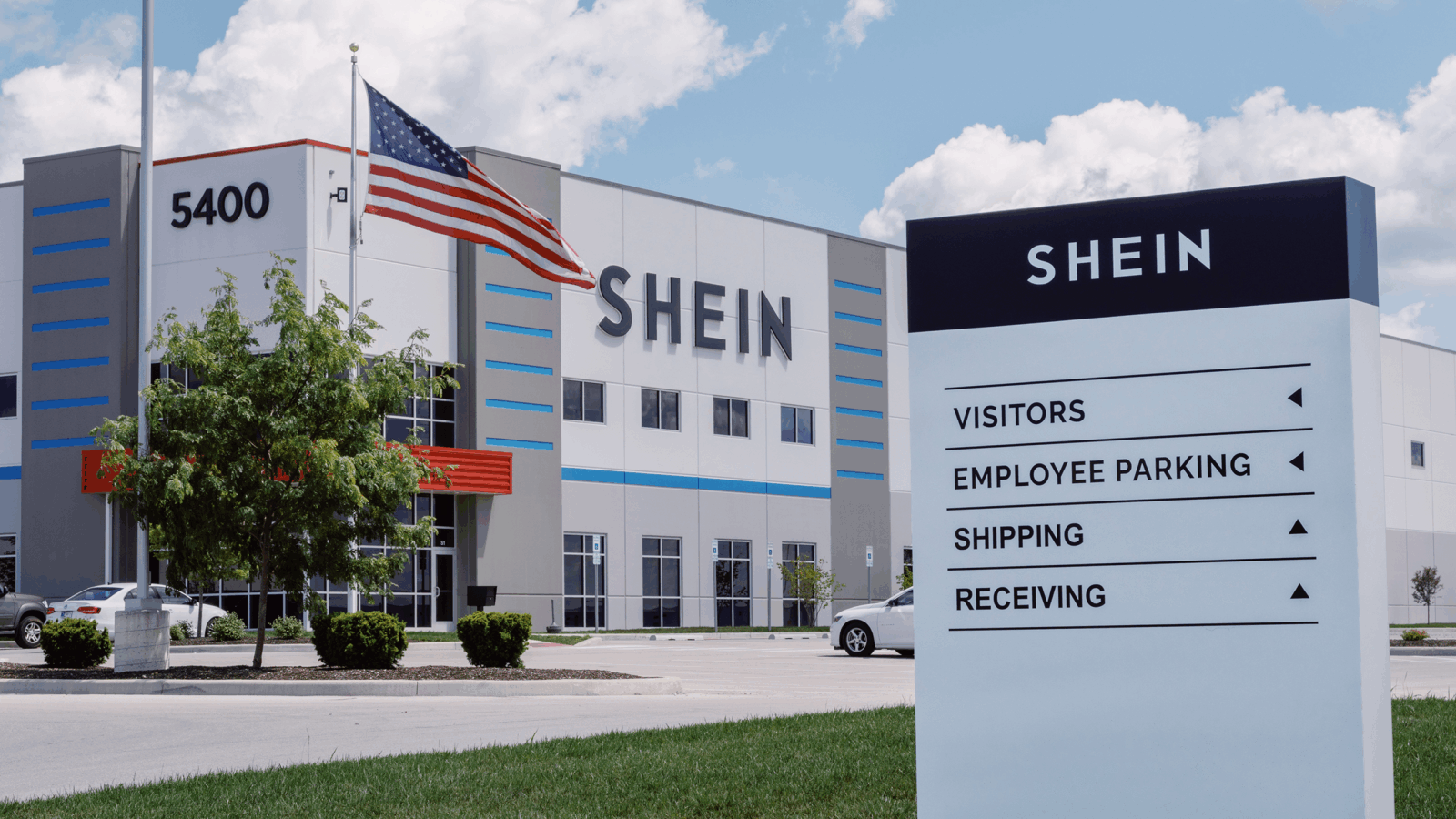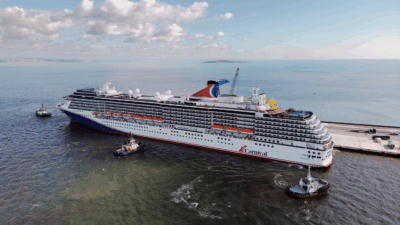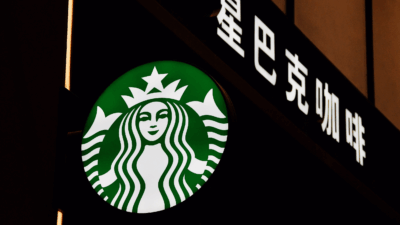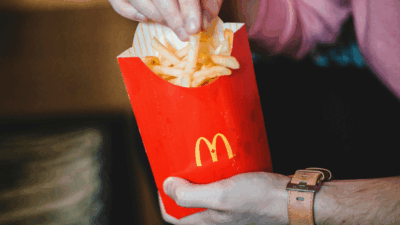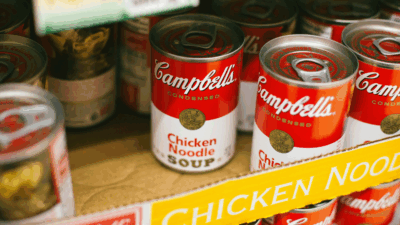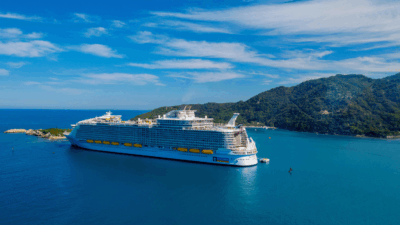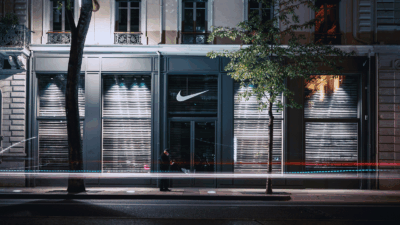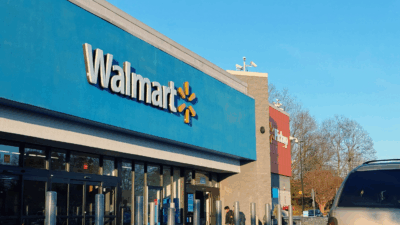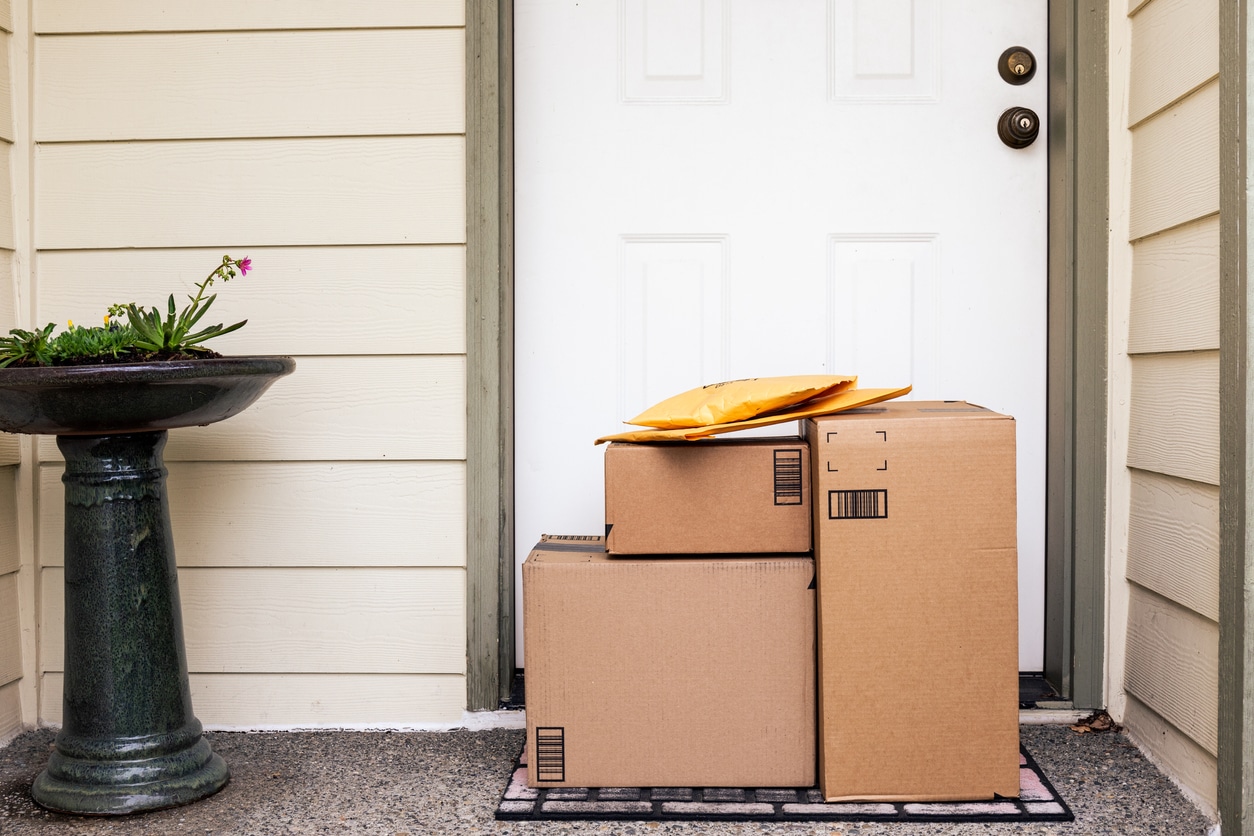
Sign up for smart news, insights, and analysis on the biggest financial stories of the day.
With stimulus checks beginning to hit bank accounts this weekend and consumer confidence on the rise across the board, the outlook for the economy is on the upswing.
Many of America’s largest ports are crumbling under the pressure of record demand.
Shipping Container Limbo
The confluence of trends including surging imports, a workforce of longshoremen hit with coronavirus outbreaks, and equipment shortages have created a perfect storm of bottlenecks and delays.
Take Southern California. Last month SoCal’s Port of Long Beach, the second busiest port in the country, saw more cargo ship traffic than any other month in its 110-year-history.
- The average wait time to enter the L.A. – Long Beach port complex stands at eight days, roughly triple the average delay in November.
- Last week there were 48 ships anchored in California San Pedro Bay, full of goods but unable to dock because of backlogs.
Why It Matters: The end result of the backlogs involves more than a few Peloton customers having to wait a few extra weeks to strap in, the trend is rippling through corporate America.
In February, executives on earnings calls mentioned “shipping delay” or “port congestion” 68 times. That’s 400%+ more than average. Companies like Gap and [ ] have turned to higher-cost methods like air freight.
For consumers, higher shipping costs often trickles down into list price.
